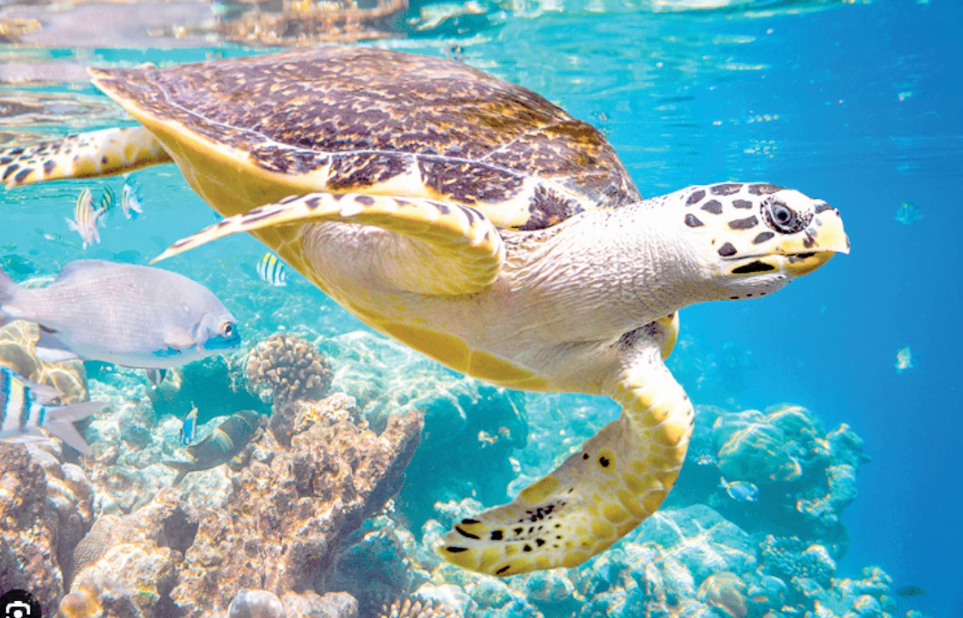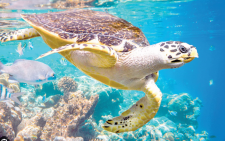The world needs to establish at least 190,000 small marine protected areas (MPAs) in coastal regions alone and an additional 300 large MPAs in remote offshore areas globally, by 2030, to meet the target set in an international agreement.
With only six years left to deliver the biodiversity target, a goal during the recent UN Convention on Biodiversity (COP16) summit in Cali, Colombia, a strong reality check called for much higher ambitions by governments.
Delegates at the ongoing UN Climate Conference (CoP29) in Baku, Azerbaijan will deliberate on how to enhance urgent action to protect life in the ocean, marine and coastal biological biodiversity critical for the survival of people and planet.
Despite the proven benefits of coastal MPAs to nature and people, MPAs aren’t being established at the pace required to achieve the global target. Experts cite three main obstacles to scaling coastal MPAs – lack of awareness, inadequate governance, and the wrong business models.
The Commonwealth Heads of Government Meeting (CHOGM) from 21-26 October resulted in Commonwealth countries adopting the historic Apia Commonwealth Declaration for One Common Resilient Common Future, which calls on member states to protect and restore the ocean across a range of key conservation areas, including protecting 30 per cent of the ocean by 2030.
“If we are to meet the global target of conserving 30 per cent of the ocean by 2030, the absolute minimum that is required to protect people and the planet from the worst impacts of climate change, biodiversity loss, and rising food insecurity, 85 MPAs would need to be created daily over six years starting in 2025,” said Dynamic Planet CEO Kristin Rechberger, lead author of the study.
The study proposes a new model to scale coastal ocean protection where coastal MPAs are implemented as a private business, managed by a joint venture of shareholders, including fishers and tou ism operators.
This locally led, business-oriented model, the authors argue, would significantly enable replication and scaling of coastal MPAs needed to achieve the global 30×30 target in territorial seas.
Effective mechanism
Successful examples of profitable coastal MPAs from around the world such as the Chumbe Island Coral Park in Tanzania and the Misool Marine Reserve in Indonesia, prove that reviving the ocean is also good business,” said Rechberger.
Currently, only 8.2 per cent of the ocean is in some form of protection – and only 3 per cent is highly-protected. An overwhelming body of peer-reviewed research shows that MPAs that ban fishing are the most effective mechanism to replenish marine life and deliver countless benefits to people, the economy and the climate.
Furthermore, since most biodiversity and human activities are concentrated in nearshore areas, fully or highly-protected coastal MPAs are particularly important.
These reserves deliver numerous benefits: they restore marine life inside their boundaries, enhance food security, foster climate resilience, support jobs, provide economic benefits and improve human health in their vicinity.
The pace of implementation of marine protected areas is totally inadequate for what the world needs,” said Enric Sala, co-author of the study and founder of National Geographic Pristine Seas, adding that there have been too many conferences full of speeches and good intentions.
“Without more effective protection now, the ocean won’t be able to continue providing for us, especially for coastal communities in the Global South who are already suffering from overfishing and global warming.”

















